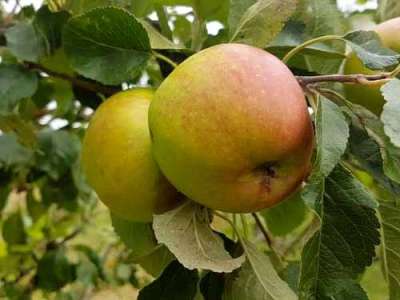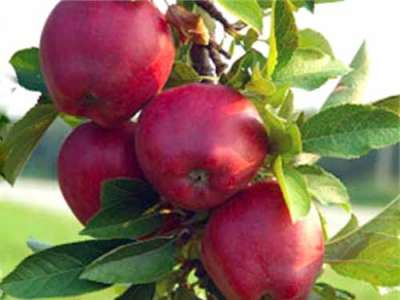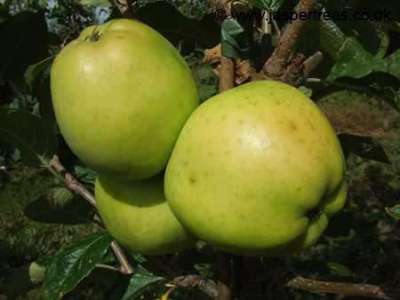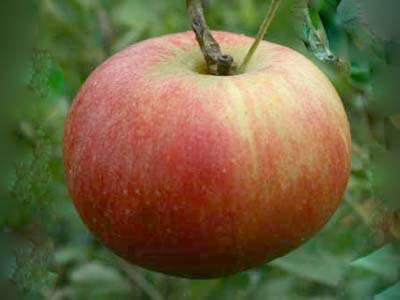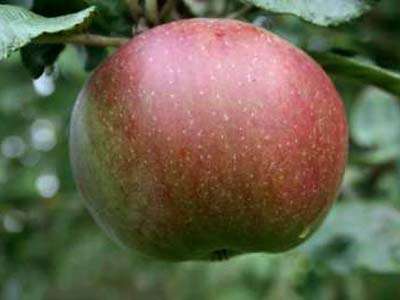Your basket is currently empty!
Apple Trees


Showing 41–60 of 149 results
-
Golden Delicious Apple Trees
£21.80 – £28.95 -
Golden Pippin Apple Trees
£21.80 – £28.95 -
Greensleeves Apple Trees
£21.80 – £28.95 -
Grenadier Apple Trees
£21.80 – £28.95 -
James Grieve Apple Trees
£21.80 – £28.95 -
Jester Apple Trees
£21.85 – £200.00 -
Jonathan Apple Trees
£21.80 – £28.95 -
Joybells Apple Trees
£21.80 – £28.95 -
Katy Apple Trees
£21.80 – £28.95 -
Kent Apple Trees
£21.80 – £28.95 -
Kerry Pippin Apple Trees
£21.80 – £28.95 -
Keswick Codlin Apple Trees
£21.80 – £28.95 -
Kidd’s Orange Red Apple Trees
£21.80 – £28.95 -
Laxton Superb Apple Trees
£21.80 – £28.95 -
Limelight Apple Trees
£21.80 – £28.95 -
Meridian Apple Trees
£21.80 – £28.95 -
Norfolk Beefing Apple Trees – Sold Out
£21.80 – £28.95 -
Nutmeg Pippin Apple Trees
£21.80 – £28.95 -
Pitmaston Pineapple Apple Trees
£21.80 – £28.95 -
Princesse *new* Apple Trees
£21.80 – £28.95







